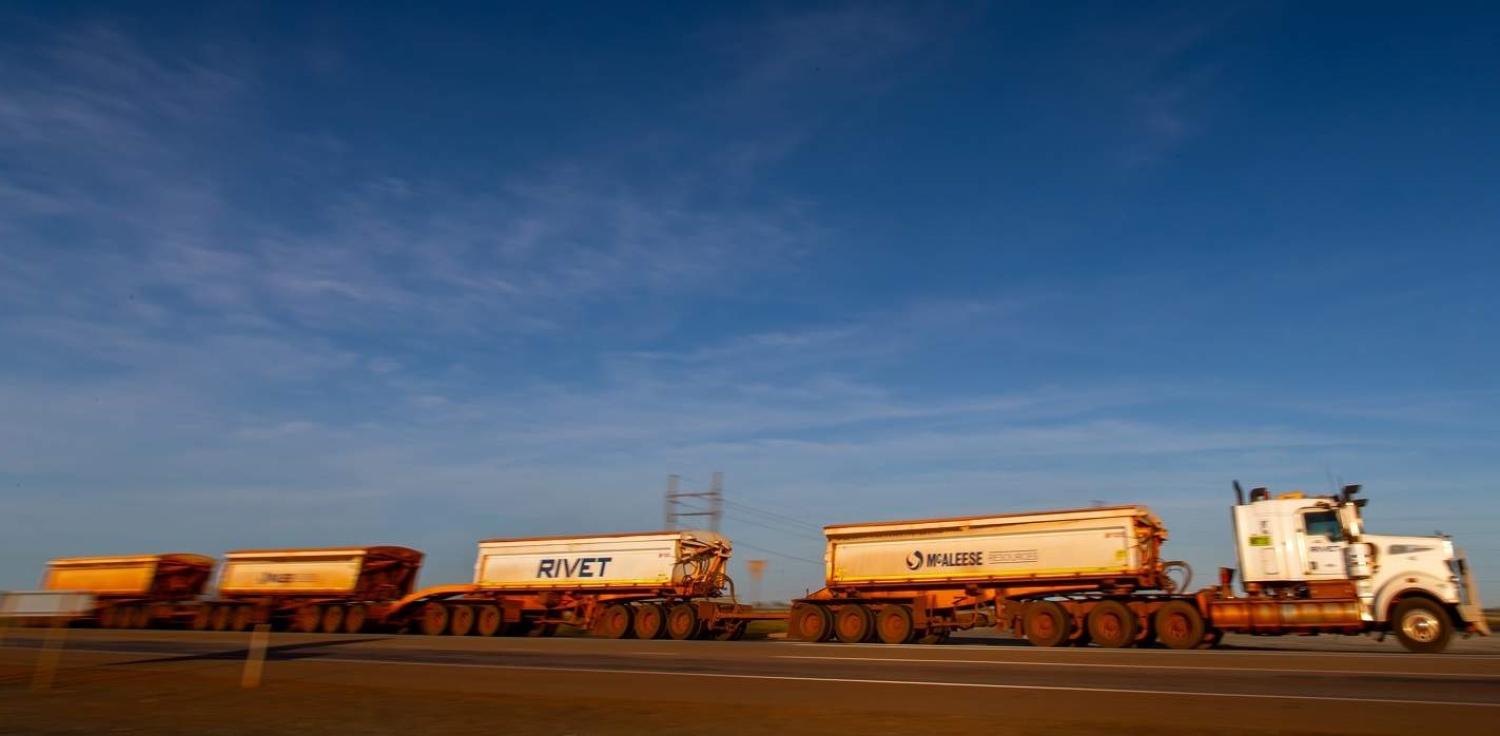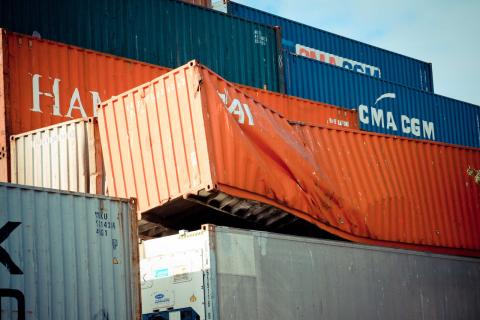There can be little doubt that the conduct of Australian trade policy will become more complex and challenging for the foreseeable future.
Two trends are salient. First, with the deterioration in global geopolitical circumstances, trade policy and foreign and strategic policy have increasingly intersected. Second, the Covid-19 pandemic has seen a growing tendency by governments to opt for measures that favour domestic production in the name of resilience and sovereignty.
There are risks in viewing trade rules and instruments entirely through the prism of foreign policy, but given the depth of US-China rivalry and Russia’s decision to militarise its hostility to the West, trade and foreign-national security policy will become more rather than less interlinked in the future.
Two recent manifestations of this trend occurred this month. A number of World Trade Organisation (WTO) member countries, including Australia, released a joint statement condemning the Russian invasion of Ukraine. And the G7 issued a statement foreshadowing action by a coalition of WTO members to revoke most-favoured-nation (MFN) treatment from Russia.
As a country with extensive global trade interests, Australia is dependent on preserving and expanding a positive global trade environment.
The direction of travel is clear – trade measures are now part of the arsenal that could be used overtly by governments in advancing their foreign policy objectives.
Covid-driven economic nationalism presents as a more familiar challenge. Measures that restrict trade – such as incentives for reshoring/backshoring and local content requirements – are now seen by many as justifiable, given the experiences of disruption and vaccine and personal protective equipment competition during the pandemic. Of concern are recent calls by several EU states to restrict agri-food imports to ensure food security.
Trade has been central to Australia’s economic growth. Today, as a country with extensive global trade interests, Australia is dependent on preserving and expanding a positive global trade environment.
Our future trade policy settings need to balance the goal of driving competitiveness and productivity gains through trade in a world where support for open markets is declining. At the same time, Australia must also preserve policy space for legitimate national security measures without setting a precedent for protectionism, or generating major trade and investment tensions.

First, negotiating free trade agreements (FTAs) and trade facilitation arrangements must remain a priority to promote export diversification. Comprehensive FTAs with India and the EU will be difficult to land in the near term; the government’s efforts to strike an early progress agreement with India is a pragmatic way forward.
There would be merit in considering bilateral trade facilitation arrangements in sectors that are key to our economic resilience, such as critical minerals and the green economy/manufacturing.
Plurilateral deals – among coalitions of like-minded WTO members – have both economic value and strategic importance as stepping stones for the wider system; the current negotiations on e-commerce being co-chaired by Australia are an example of a plurilateral with significant upside potential.
Second, Australia should strive to extract more value from its existing FTAs through the enforcement of the rules/commitments and by pursuing the negotiating agendas built into the agreements, particularly to tackle non-tariff and other “behind the border” barriers.
Third, there is a case for a review of Australia’s trade remedies systems to ensure they remain fit for purpose. Anti-dumping, countervailing measures and safeguards are important trade instruments and how they are deployed must take into account the wider context. Machinery of government changes – in which public service entities are created, abolished or restructured – should not be ruled out.
Fourth, Australia should persist with efforts to reform the WTO to respond to the challenges posed by China’s market model and the loss of US confidence in the body.
Initiatives to promote connectivity and develop regional infrastructure should be intensified with a focus on developing concrete outcomes with partners such as the United States, Japan and the European Union.
The WTO is the right forum for developing new rules to address some of the distortions characteristic of the Chinese model, for example industrial subsidies and forced technology transfer, and well as to identify collective action to address illegal economic coercion.
Some have called for the establishment of a separate like-minded grouping of countries to tackle coercion, modelled on defence/military alliances. While the case for strengthened coordination is clear, Australia must avoid any action that would fragment the WTO system. A preferable model could be a plurilateral arrangement under WTO auspices focused on expanding cooperation beyond the Five Eyes intelligence alliance and the Quadrilateral Security Dialogue.
Finally, Australia should continue its efforts to shape the Indo-Pacific trade architecture. Expansion of the Comprehensive and Progressive Agreement for Trans-Pacific Partnership (CPTPP) to countries that meet the high standards of the agreement, in both letter and spirit, would be in Australia’s interests. It would be inconceivable for Australia to allow a non-member country to seek to dictate decisions on expansion.
While there appears to be no prospect of a shift in US policy towards the CPTPP, Australia should continue to develop the CPTPP, Regional Comprehensive Economic Partnership (RCEP), and Asia-Pacific Economic Cooperation (APEC) as the building blocks for region-wide economic integration and cooperation. Initiatives to promote connectivity and develop regional infrastructure should be intensified with a focus on developing concrete outcomes with partners such as the United States, Japan and the European Union.
This is a big agenda with a substantial degree of continuity but some shifts in emphasis. Execution will require sustained political investment and some bureaucratic innovation.

